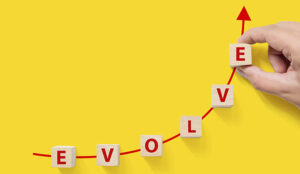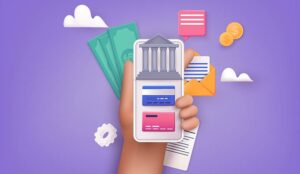Maddy Hubbard of Aspect Software shares two of her favourite examples of businesses that have successfully evolved their customer strategy since the COVID-19 outbreak.
The events over the past few months have had a significant impact on businesses across the globe.
Grocery stores have one-way aisles, no toilet paper to be found, limited quantity restrictions on eggs and a fraction of the number of customers permitted by fire codes allowed inside.
Dine-in restaurants have become take-out only and, in some cases, become mercantiles, selling bulk ingredients such as flour, yeast and those hard-to-come-by paper products.
Many companies are doing their best to combat the uncertainty while still meeting customer needs.
It has been said necessity is the mother of invention. I have seen some pretty interesting examples of companies putting their customers first, either re-purposing something they already had or creating something completely new.
Here are two of my favourite examples:
Sonic
The drive-in restaurant Sonic had already laid the groundwork by promoting its mobile app over the past few years. Customers who order through the app receive happy hour prices all day.
As a Floridian with a black car, I can tell you, in August when it’s 98 degrees with 90% humidity and the temperature in the car hovers somewhere around 3,452 degrees, sometimes you just need a slush. And what’s better than a slush? A half-price slush delivered directly to your car.
Sonic recently changed the focus of their promotion of the app. Instead of focusing on discounted beverages (which they still offer), they’re focused on contactless delivery and payment.
This shift puts customers first by addressing concerns about social distancing, exposure to strangers and sanitary concerns around paying either by cash or a physical debit or credit card.
Recently, when I didn’t have the energy to make dinner coupled with the fact that I couldn’t face eating one more home-cooked meal, my husband and I were discussing our limited options and decided on Sonic. Partly because we could order and pay without any contact with anyone and partly because tater tots.
Jared
In order to protect the health and safety of everyone involved, events of all kinds have been cancelled. (We know first-hand how difficult this can be.)
Unfortunately, these cancellations go much deeper than business events.
What about weddings? People who have been planning one of the most important days of their lives have been forced to re-think how that day is going to play out.
Do they postpone it? Do they plan a virtual event? And how does one even go about doing that?
Jewelry retailer Jared developed a plan to help soon-to-be brides and grooms.
Instead of selling an engagement ring or wedding set and sending customers on their way, Jared introduced a free online virtual wedding planner. This tool is available for anyone in the unique situation of having a wedding on the horizon while also recognizing the importance of practicing social distancing.
Offering a planner like this builds goodwill with customers and non-customers alike by providing a new solution that wasn’t even needed eight weeks ago.
These examples showcase how using what you’ve got or developing something new can put customers and potential customers first while promoting and maintaining health and safety.
Author: Guest Author
Published On: 19th Jun 2020 - Last modified: 23rd Jun 2020
Read more about - Guest Blogs, Alvaria















